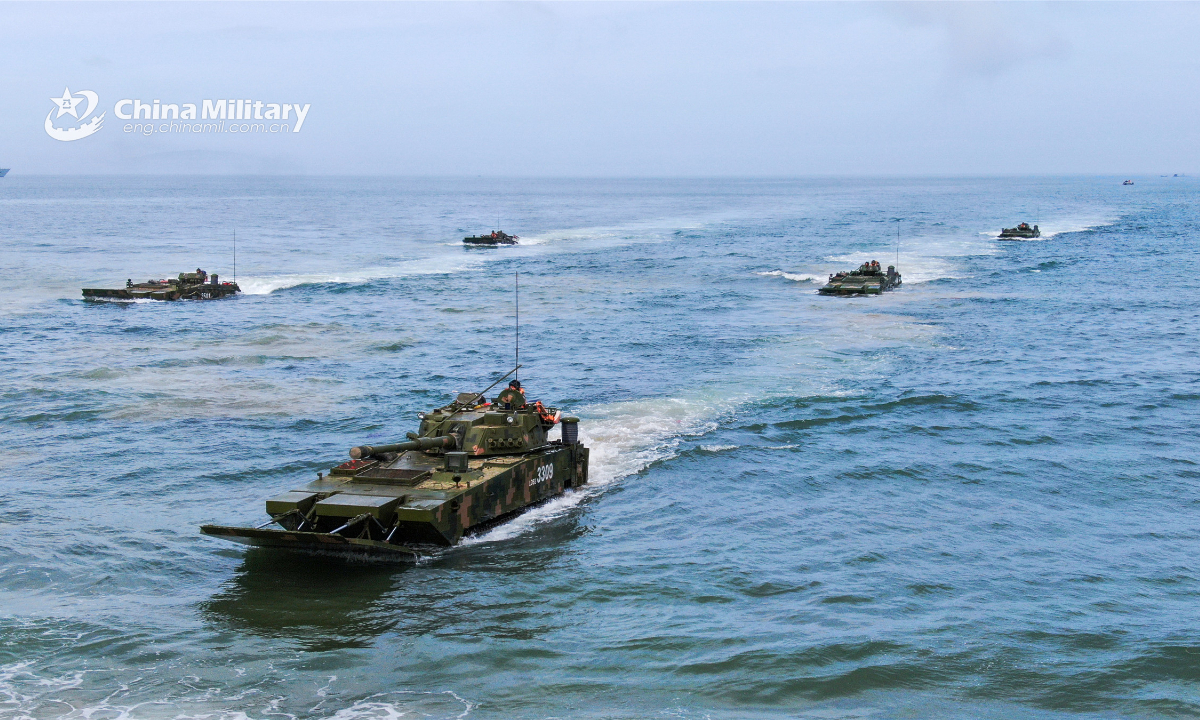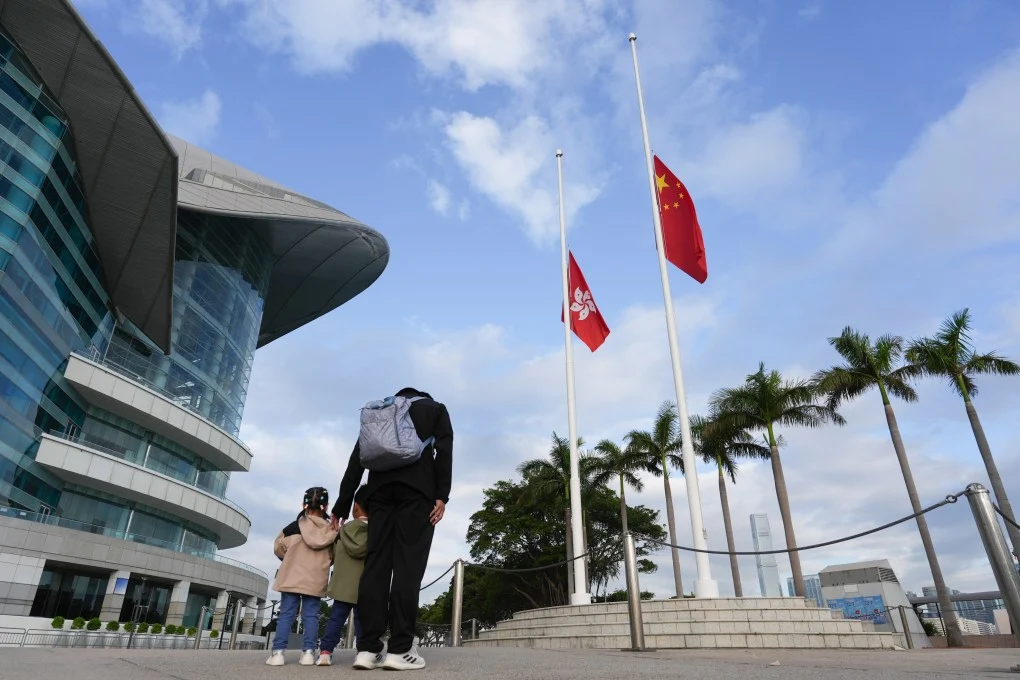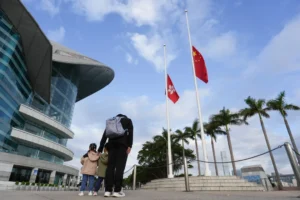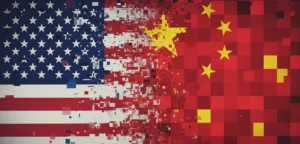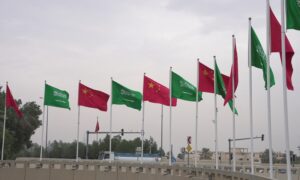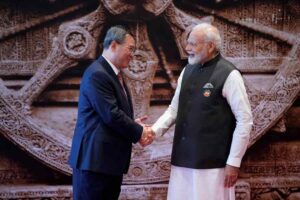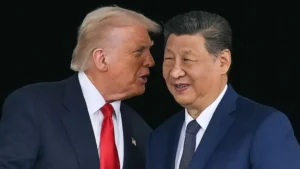China Escalates Taiwan Strait Tensions with Advanced Weaponry
China’s military modernization increasingly prioritizes unconventional warfare, emphasizing technological superiority and cost-effectiveness over brute force. The development of laser weapons exemplifies this shift, providing a strategic alternative to traditional, resource-intensive missile systems. As tensions over Taiwan escalate, Beijing seeks coercive methods that minimize direct conflict while maximizing strategic advantage. The People’s Liberation Army (PLA) has been refining high-energy laser weapons, capable of neutralizing aerial threats, disabling infrastructure, and enforcing blockades. China is accelerating its efforts, aiming to annex Taiwan by 2027.
China’s advancement in laser weapon technology marks a strategic shift in its military doctrine, favouring precision-based warfare over conventional firepower. By deploying laser systems in the Taiwan Strait, Beijing aims to enhance its military superiority while reducing reliance on costly missile stockpiles. Unlike traditional ballistic and cruise missiles, laser weapons offer a reusable, energy-based solution capable of neutralizing threats with pinpoint accuracy.
This efficiency aligns with China’s broader goal of sustaining long-term operations with minimal collateral damage. As tensions escalate, Beijing is accelerating its efforts to integrate high-energy lasers into its arsenal, positioning them as a crucial tool in its military modernization. The potential deployment of these systems underscores China’s commitment to dominating the Taiwan Strait, using cutting-edge technology to deter retaliatory strikes and enforce territorial claims. This approach reflects a calculated strategy to reshape warfare dynamics while reinforcing Beijing’s geopolitical influence in the region.
Beyond cost considerations, laser weapons provide a distinct advantage in terms of precision and stealth. Operating at the speed of light, they are highly effective against drones, aircraft, and naval assets, allowing China to neutralize threats without leaving a visible trajectory. This capability reduces the risk of immediate retaliation and enhances China’s ability to enforce a blockade or disrupt Taiwanese defences without escalating tensions into full-scale war. Additionally, China has reportedly developed advanced cooling systems that allow continuous laser operation, overcoming previous limitations related to overheating. This breakthrough enhances the viability of laser weapons for prolonged engagements, making them a sustainable option for future conflicts.
China has also been testing its laser weapons in foreign conflicts, particularly in Ukraine, where reports suggest that Chinese laser systems have been deployed by Russian forces. This live-fire rehearsal provides China with valuable data on the effectiveness of its directed-energy weapons, allowing it to refine its systems before deploying them in a potential Taiwan conflict. By leveraging these advancements, China is positioning itself for a future confrontation where precision, cost-efficiency, and strategic disruption take precedence over traditional warfare. The PLA’s ongoing developments suggest that laser weapons may soon become a cornerstone of China’s military strategy in the Taiwan Strait.
China’s increasing assertiveness toward Taiwan is driven by historical, political, military, and economic factors, reflecting Beijing’s long-standing ambition to bring the island under its control. The Chinese Communist Party (CCP) views Taiwan as an inseparable part of China, citing historical claims and the One-China policy. Since the Kuomintang’s retreat in 1949, Beijing has opposed any moves toward Taiwanese independence, reinforcing its stance through diplomatic pressure and military posturing. This assertiveness has intensified, with China ramping up military exercises in the Taiwan Strait. Experts believe these large-scale drills—including the Strait Thunder 2025A exercise simulating amphibious landings and airstrikes—are rehearsals for a potential invasion. Beijing’s rapid military advancements, coupled with heightened aggression, suggest a calculated effort to prepare for the annexation of Taiwan into Chinese territory.
China’s military modernization is accelerating with a singular objective—Taiwan’s complete annexation. Beijing is systematically expanding its laser weapon capabilities to exert overwhelming pressure, neutralizing Taiwan’s defences with precision strikes. Beyond military superiority, Taiwan’s global semiconductor dominance, led by TSMC, makes it a strategic economic target. Seizing control would grant China unparalleled influence over global tech supply chains, reinforcing its economic and geopolitical dominance. Additionally, Taiwan’s dependence on imported energy creates critical vulnerabilities. China’s strategy is shifting toward targeting key infrastructure—power grids, LNG terminals, and logistical chokepoints—to cripple Taiwan’s resistance and force its submission. The countdown to annexation is underway.
China is intensifying military preparations for Taiwan’s annexation, integrating laser weapons as a critical element of its strategy. These advanced systems provide a decisive edge, neutralizing Taiwan’s drones and air defences while ensuring sustained pressure without reliance on costly ammunition. High-energy lasers can cripple satellite and radar infrastructure, disrupting communication and surveillance capabilities. Additionally, laser-equipped naval vessels enable an effective blockade by targeting supply chains, systematically isolating Taiwan. Beijing’s rapid advancements in directed-energy warfare signal a clear intent—dominate the Taiwan Strait and eliminate resistance with precision and efficiency. Taiwan’s strategic vulnerability is being exploited at an accelerated pace.
China is intensifying its pressure on Taiwan, systematically undermining its defences through military drills, cyber intrusions, and strategic weapon advancements. Beijing’s relentless build-up of laser technologies and naval power signals an uncompromising approach to Taiwan’s annexation. Taiwan is scrambling to counter China’s escalating aggression, bolstering alliances, fortifying cyber defences, and securing advanced weaponry from the U.S. and partners. However, China’s expanding influence and coercive tactics threaten Taiwan’s sovereignty, pushing it closer to an inevitable geopolitical reckoning.
